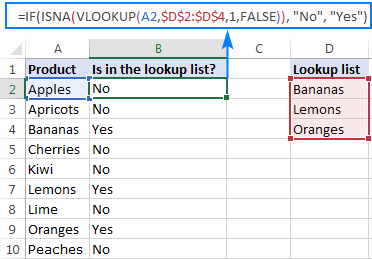Custom Table Styles: Keynote's Creative Edge
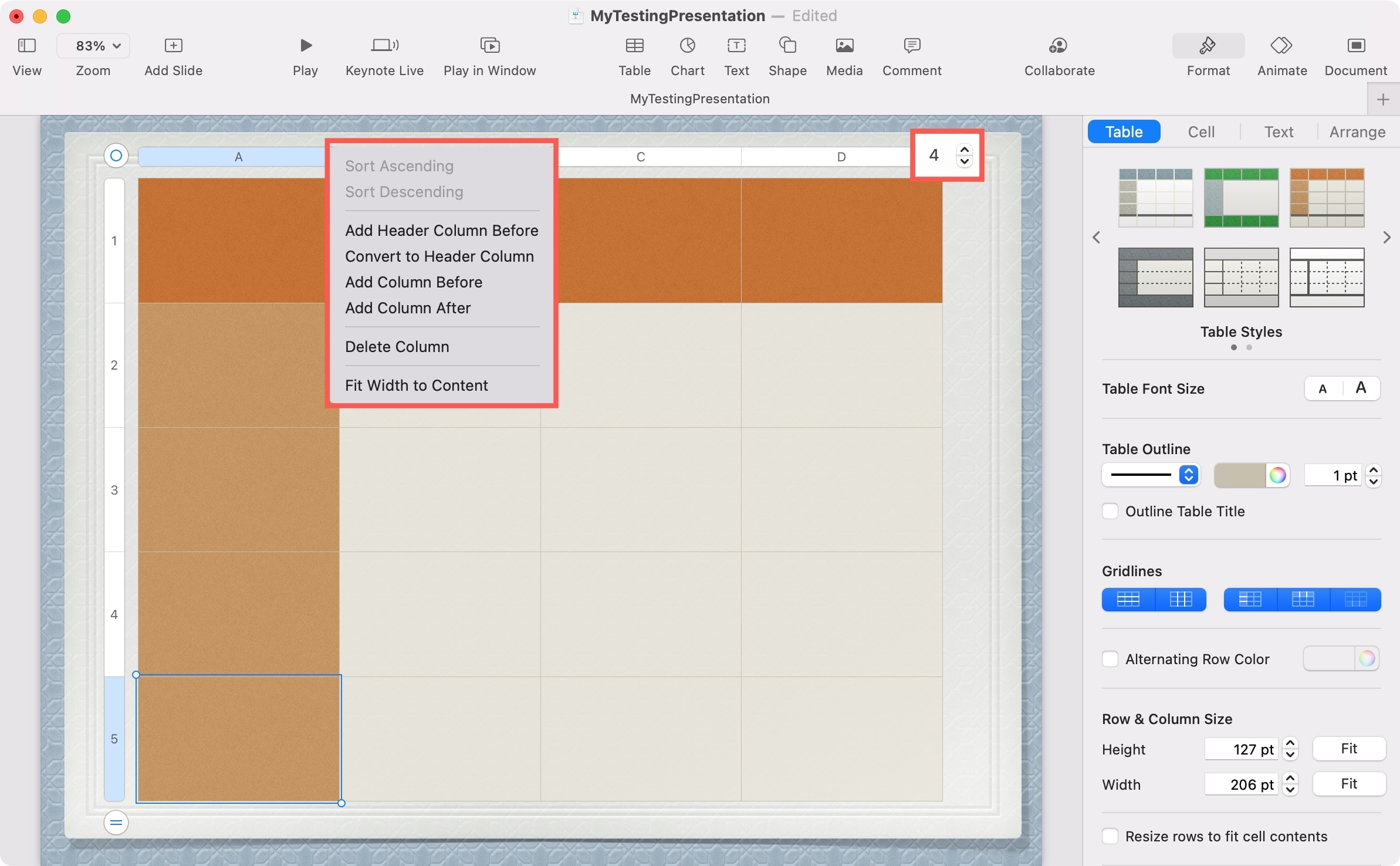
In the realm of presentation design, Keynote stands out as a powerful tool that goes beyond the ordinary. Its capabilities extend far beyond creating basic slides; it is a platform that empowers users to craft visually stunning and engaging presentations. One often-overlooked yet incredibly versatile feature is Keynote's table styling options. These custom table styles can transform your data-heavy slides into captivating visual elements, making your presentations truly stand out. This article delves into the art of utilizing Keynote's table styles, showcasing how they can be a creative edge in your design arsenal.
The Art of Visualizing Data with Style
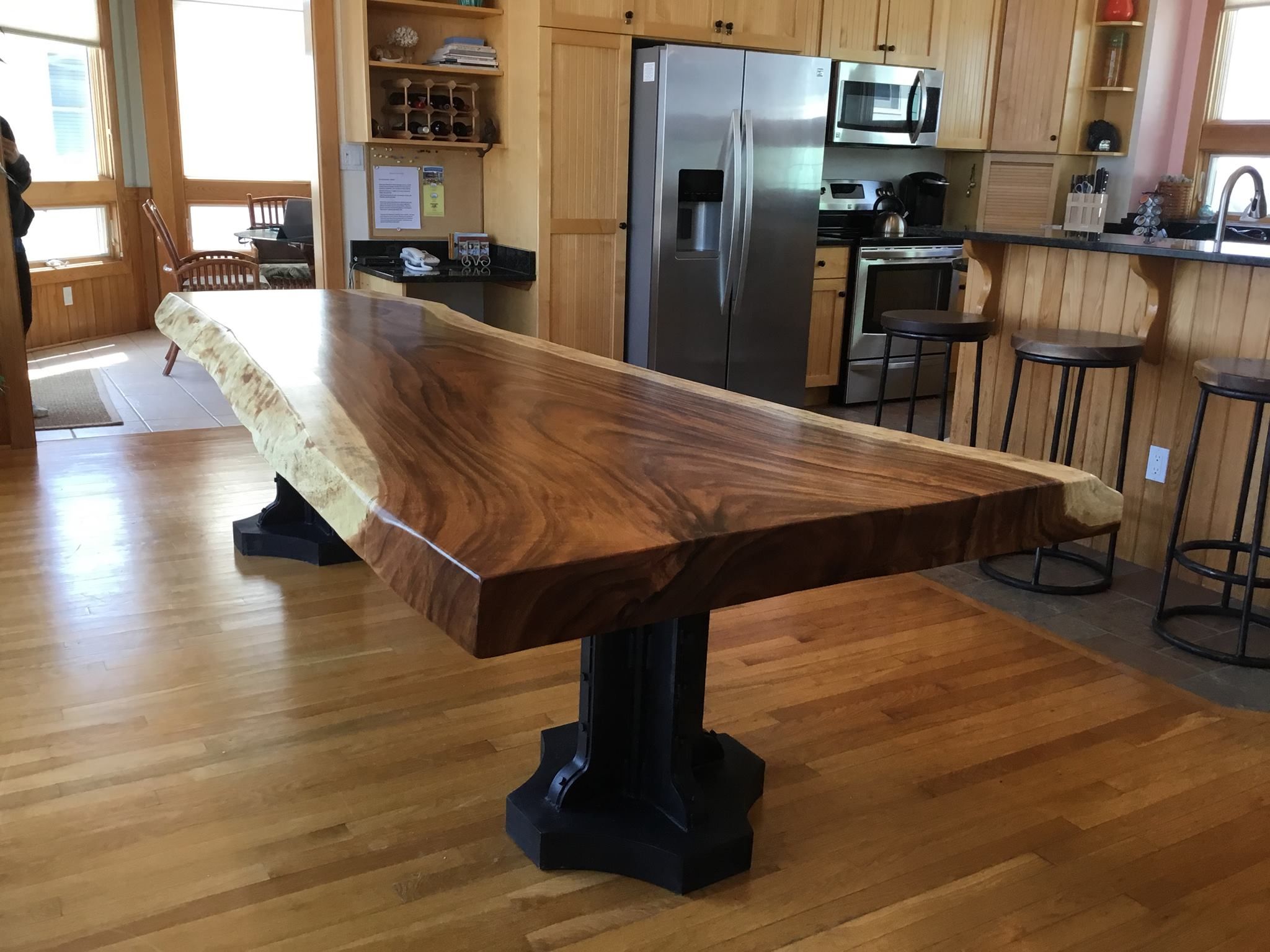
Keynote's table styling tools are a testament to the software's commitment to visual aesthetics. With a range of options at your fingertips, you can transform ordinary tables into visually captivating elements. Whether it's a simple tweak to cell borders or an intricate design using cell shading, the possibilities are endless. Let's explore some of the key features that make Keynote's table styles a designer's dream.
Cell Borders: Defining Edges with Precision
Cell borders in Keynote offer a simple yet effective way to define the edges of your table. With a range of border styles, colors, and weights, you can create tables that stand out or blend seamlessly into your slide's design. The precision offered by Keynote's border tools allows for a clean and professional look, ensuring your data is presented with clarity and style.
Cell Shading: Adding Depth and Dimension
Cell shading takes your table design to the next level by adding depth and dimension. With a vast color palette and gradient options, you can create tables that pop off the slide. Whether it's a subtle gradient to emphasize key data points or a bold color scheme to grab attention, cell shading is a powerful tool for visual storytelling. The flexibility of Keynote's shading options ensures your tables are not just functional but also aesthetically pleasing.
Customizing Table Structure: A Designer’s Canvas
Keynote's table styles extend beyond borders and shading; they also offer control over the table's structure. From merging cells to creating custom table layouts, the software treats each table as a designer's canvas. With the ability to manipulate row and column sizes, insert and delete rows and columns, and even add headers and footers, Keynote empowers you to create tables that perfectly align with your presentation's narrative.
Creative Table Styles: Unlocking Design Potential
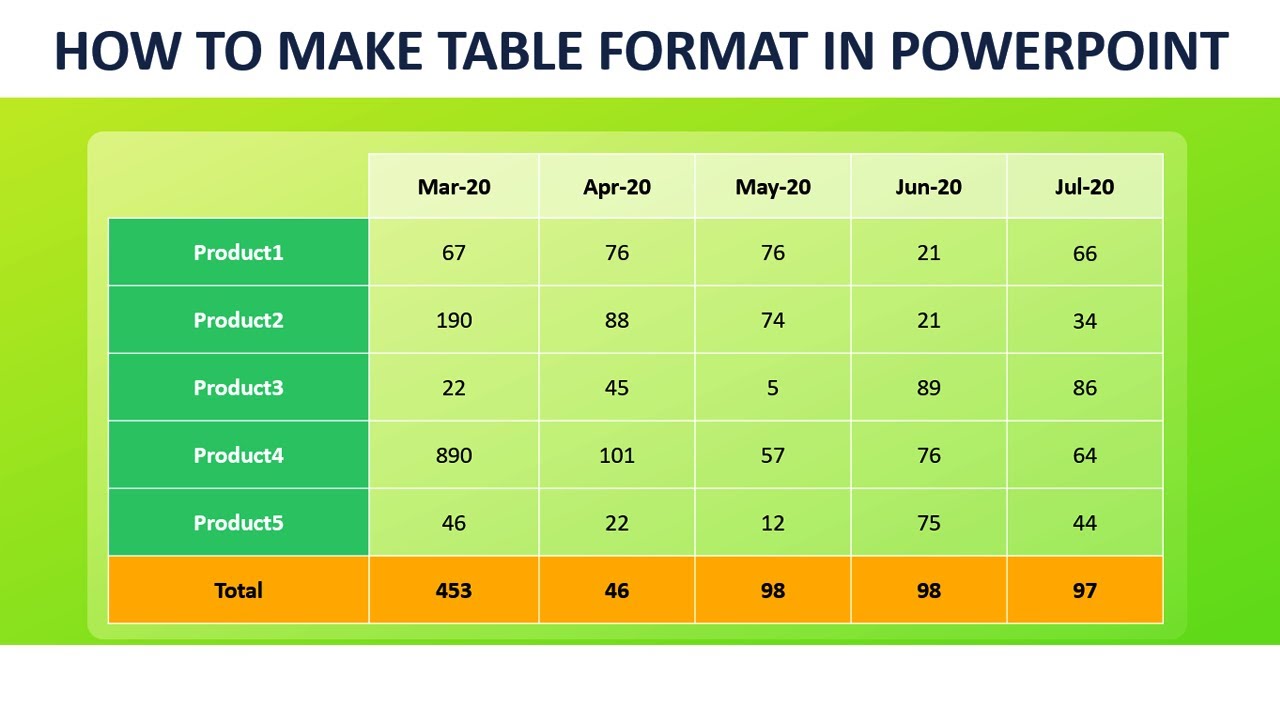
While Keynote's default table styles are functional, the true potential lies in customizing these styles to fit your unique design vision. By exploring the software's advanced features, you can create table styles that are truly one-of-a-kind.
Advanced Table Styling: Beyond the Basics
Keynote's advanced table styling options offer a world of possibilities for creative designers. Features like custom borders, shadows, and even 3D effects can transform your tables into eye-catching visuals. With the ability to apply these effects selectively to specific cells or rows, you can highlight important data or create visual hierarchies that guide your audience's focus.
Creative Cell Formats: Playing with Patterns and Textures
Keynote allows you to get creative with cell formats, offering a range of patterns and textures to enhance your table design. From subtle textures that add a touch of sophistication to bold patterns that make a statement, the choices are endless. These formats can be applied to individual cells or entire rows, adding a layer of visual interest to your data presentation.
Combining Styles: A Symphony of Visual Elements
The beauty of Keynote's table styling is the ability to combine different styles to create a harmonious design. By blending cell borders, shading, and creative cell formats, you can craft tables that are both informative and visually captivating. The key is to strike a balance, ensuring that your table's design enhances the data it presents without overwhelming your audience.
Performance Analysis: Ensuring Impact without Compromise
While creative table styles add visual appeal, it's essential to consider their impact on presentation performance. Keynote's advanced table styling features, when used judiciously, should not compromise the overall performance of your slides. Here's a breakdown of how to ensure your visually stunning tables maintain smooth playback and navigation.
Optimizing Table Size and Complexity
Large and complex tables with intricate designs can impact your presentation's performance, especially when transitions and animations are involved. Keynote offers tools to optimize table size, such as condensing cell spacing and adjusting row heights. By striking a balance between visual impact and file size, you can ensure your tables load and animate smoothly during your presentation.
Efficient Animation and Transitions
When incorporating animations and transitions, consider the impact on your table's performance. Keynote allows you to control the timing and effects of these elements, ensuring they enhance your presentation without causing lag. By selecting appropriate transition speeds and avoiding excessive animations, you can maintain a smooth and professional presentation flow.
Comparative Analysis: Keynote vs. Competitors
In the realm of presentation software, Keynote stands out for its focus on visual aesthetics and design flexibility. While other tools like Microsoft PowerPoint and Google Slides offer table styling options, Keynote's advanced features and intuitive interface make it a preferred choice for designers and professionals seeking creative control.
Keynote’s Unique Advantages
Keynote's table styling tools offer a level of precision and creativity that sets it apart. The software's seamless integration with Apple's ecosystem, including its native support for Apple Pencil, makes it an ideal choice for designers working on iPad and Mac. Additionally, Keynote's robust animation and transition tools allow for more complex visual effects, enhancing the impact of your table designs.
A Comprehensive Comparison
While each presentation software has its strengths, Keynote's table styling features, coupled with its overall design capabilities, make it a powerful choice. Microsoft PowerPoint, for instance, offers a range of table formatting options but may require more manual adjustments for intricate designs. Google Slides, while accessible and collaborative, may have limitations in terms of advanced table styling, especially when compared to Keynote's extensive feature set.
Future Implications: Staying Ahead in Presentation Design
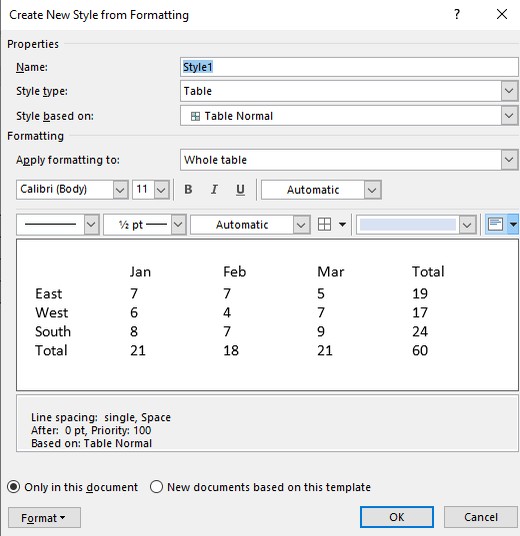
As presentation design evolves, the demand for visually captivating and engaging slides continues to grow. Keynote's commitment to innovation ensures that its table styling features remain at the forefront of this evolution. Here's a glimpse into the future of Keynote's table styles and their potential impact on presentation design.
Emerging Trends in Table Design
The future of table design in Keynote is likely to be shaped by emerging trends in data visualization and design. Expect to see more emphasis on interactive tables, with features like hover effects and data-driven animations. Additionally, Keynote may introduce advanced formatting options, such as custom table templates and more sophisticated shading and gradient controls, to meet the evolving needs of designers and presenters.
Staying Relevant: Adaptability and Innovation
To stay relevant in the dynamic world of presentation design, Keynote must continue to innovate and adapt. This includes not only enhancing its existing table styling features but also integrating new technologies and design trends. By staying attuned to the needs of its users and the evolving landscape of visual communication, Keynote can ensure its table styles remain a cutting-edge tool for creative professionals.
Conclusion: Empowering Creative Presentations
Keynote's table styling features are a testament to its commitment to empowering users with creative control. From simple data tables to visually stunning designs, the software offers a range of tools to elevate your presentations. By harnessing the power of Keynote's table styles, you can transform ordinary data into extraordinary visual elements, leaving a lasting impression on your audience.
FAQ
How do I create a custom table style in Keynote?
+To create a custom table style, start by selecting the table you want to style. Then, navigate to the Format menu and choose Table. Here, you can adjust various aspects like cell borders, shading, and even apply creative cell formats to customize your table’s appearance.
Can I apply multiple table styles to different parts of my table?
+Absolutely! Keynote allows you to apply different styles to specific cells, rows, or columns within your table. This flexibility lets you highlight important data or create visual hierarchies to guide your audience’s attention.
How can I optimize my table’s performance in Keynote presentations?
+To ensure optimal performance, consider the size and complexity of your table. Keep cell spacing condensed, adjust row heights, and avoid excessive animations or transitions. By striking a balance between visual impact and file size, your tables will maintain smooth playback during your presentation.
